1. Gulya AJ, Anson BJ. Anatomy of the ear and temporal bone. Shambaugh GE, Glasscock ME, editors. Surgery of the ear. 5th ed. Hamilton: B.C. Decker Inc;2003. p. 35–57.
2. Gulya AJ, Schuknecht HF. Anatomy of the temporal bone with surgical implications. 2nd ed. Pearl River, NY: Parthenon Pub Inc;1995.
3. Anson BJ, Donaldson JA. Surgical anatomy of the temporal bone. 3rd ed. Philadelphia: WB Saunders;1981.
4. Michaels L, Hellquist HB. Ear, nose and throat histopathology. 2nd ed. London: Springer;2001. DOI:
10.1007/978-1-4471-0235-9.
7. Sell S. Stem cells. Stem Cell Handbook. Sell S, editor. 2004. p. 1–18.
9. Díaz-Flores L Jr, Madrid JF, Gutiérrez R, Varela H, Valladares F, Alvarez-Argüelles H, Díaz-Flores L. Adult stem and transit-amplifying cell location. Histol Histopathol. 2006; 21:995–1027. PMID:
16763950.
11. Handgretinger R, Gordon PR, Leimig T, Chen X, Buhring HJ, Niethammer D, Kuci S. Biology and plasticity of CD133+ hematopoietic stem cells. Ann N Y Acad Sci. 2003; 996:141–151. DOI:
10.1111/j.1749-6632.2003.tb03242.x. PMID:
12799292.
12. Wagers AJ, Christensen JL, Weissman IL. Cell fate determination from stem cells. Gene Ther. 2002; 9:606–612. DOI:
10.1038/sj.gt.3301717. PMID:
12032706.

14. Nagler A, Bellehsen L, Schaffer F. Stem Cells: Clinical Applications. 7th ed. Adkinson: Middleton’s Allergy;2008. p. 259–268.
15. Parker MA, Corliss DA, Gray B, Anderson JK, Bobbin RP, Snyder EY, Cotanche DA. Neural stem cells injected into the sound-damaged cochlea migrate throughout the cochlea and express markers of hair cells, supporting cells, and spiral ganglion cells. Hear Res. 2007; 232:29–43. DOI:
10.1016/j.heares.2007.06.007. PMID:
17659854. PMCID:
2032013.

16. Demetri GD, Griffin JD. Granulocyte colony-stimulating factor and its receptor. Blood. 1991; 78:2791–2808. PMID:
1720034.

17. Carletons HM, Drury RAB, Willington EA. Carleton’s histological technique. 5th ed. Oxford;Oxford University Press;1980. p. 43.
18. Glauert AM. Fixation, dehydration and embedding of biological specimens. 1st ed. Amsterdam, Oxford: North Holland Pub;1986. p. 111–114.
20. Tateya I, Nakagawa T, Iguchi F, Kim TS, Endo T, Yamada S, Kageyama R, Naito Y, Ito J. Fate of neural stem cells grafted into injured inner ears of mice. Neuroreport. 2003; 14:1677–1681. DOI:
10.1097/00001756-200309150-00004. PMID:
14512836.

21. Li H, Liu H, Heller S. Pluripotent stem cells from the adult mouse inner ear. Nat Med. 2003; 9:1293–1299. DOI:
10.1038/nm925. PMID:
12949502.

22. Li H, Roblin G, Liu H, Heller S. Generation of hair cells by stepwise differentiation of embryonic stem cells. Proc Natl Acad Sci U S A. 2003; 100:13495–13500. DOI:
10.1073/pnas.2334503100. PMID:
14593207. PMCID:
263842.

23. Parker MA, Cotanche DA. The potential use of stem cells for cochlear repair. Audiol Neurootol. 2004; 9:72–80. DOI:
10.1159/000075998. PMID:
14981355.

24. Martinez-Monedero R, Oshima K, Heller S, Edge AS. The potential role of endogenous stem cells in regeneration of the inner ear. Hear Res. 2007; 227:48–52. DOI:
10.1016/j.heares.2006.12.015. PMID:
17321086. PMCID:
2020819.

26. Pellicer M, Giráldez F, Pumarola F, Barquinero J. Stem cells for the treatment of hearing loss. Acta Otorrinolaringol Esp. 2005; 56:227–232. DOI:
10.1016/S0001-6519(05)78606-4. PMID:
15999787.
27. Zohlnhöfer D, Ott I, Mehilli J, Schömig K, Michalk F, Ibrahim T, Meisetschläger G, von Wedel J, Bollwein H, Seyfarth M, Dirschinger J, Schmitt C, Schwaiger M, Kastrati A, Schömig A. REVIVAL-2 Investigators. Stem cell mobilization by granulocyte colony-stimulating factor in patients with acute myocardial infarction: a randomized controlled trial. JAMA. 2006. 295:p. 1003–1010. DOI:
10.1001/jama.295.9.1003.

28. Kloner RA. Attempts to recruit stem cells for repair of acute myocardial infarction: a dose of reality. JAMA. 2006; 295:1058–1060. DOI:
10.1001/jama.295.9.1058. PMID:
16507807.

29. Schäbitz WR, Kollmar R, Schwaninger M, Juettler E, Bardutzky J, Schölzke MN, Sommer C, Schwab S. Neuro-protective effect of granulocyte colony-stimulating factor after focal cerebral ischemia. Stroke. 2003; 34:745–751. DOI:
10.1161/01.STR.0000057814.70180.17.

30. Shyu WC, Lin SZ, Lee CC, Liu DD, Li H. Granulocyte colony-stimulating factor for acute ischemic stroke: a randomized controlled trial. CMAJ. 2006; 174:927–933. DOI:
10.1503/cmaj.051322. PMID:
16517764. PMCID:
1405861.

31. Oishi A, Otani A, Sasahara M, Kojima H, Nakamura H, Yodoi Y, Yoshimura N. Granulocyte colony-stimulating factor protects retinal photoreceptor cells against light-induced damage. Invest Ophthalmol Vis Sci. 2008; 49:5629–5635. DOI:
10.1167/iovs.08-1711. PMID:
18676635.

32. Meuer K, Pitzer C, Teismann P, Krüger C, Göricke B, Laage R, Lingor P, Peters K, Schlachetzki JC, Kobayashi K, Dietz GP, Weber D, Ferger B, Schäbitz WR, Bach A, Schulz JB, Bähr M, Schneider A, Weishaupt JH. Granulocyte-colony stimulating factor is neuroprotective in a model of Parkinson’s disease. J Neurochem. 2006; 97:675–686. DOI:
10.1111/j.1471-4159.2006.03727.x. PMID:
16573658.





 PDF
PDF Citation
Citation Print
Print


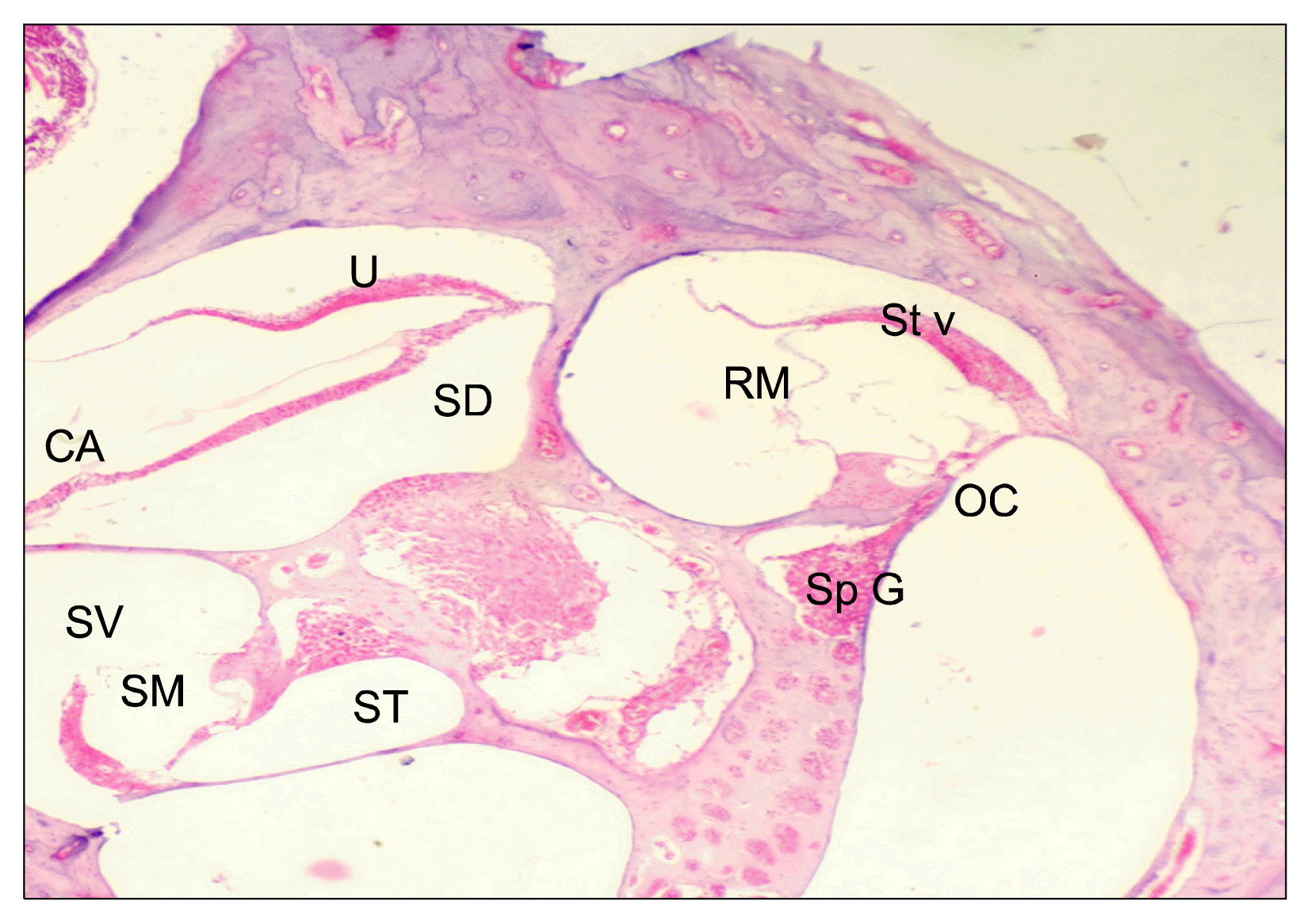
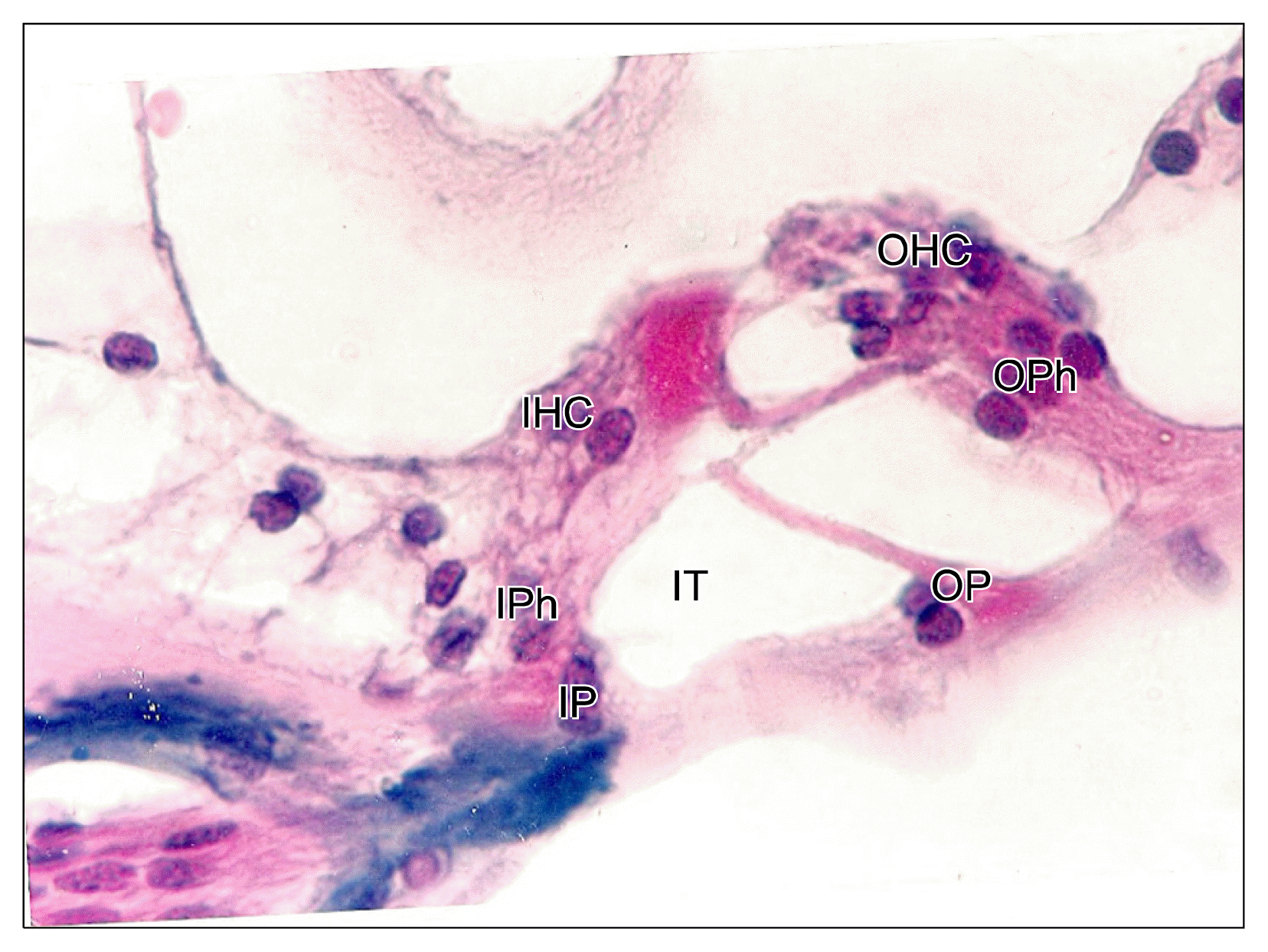
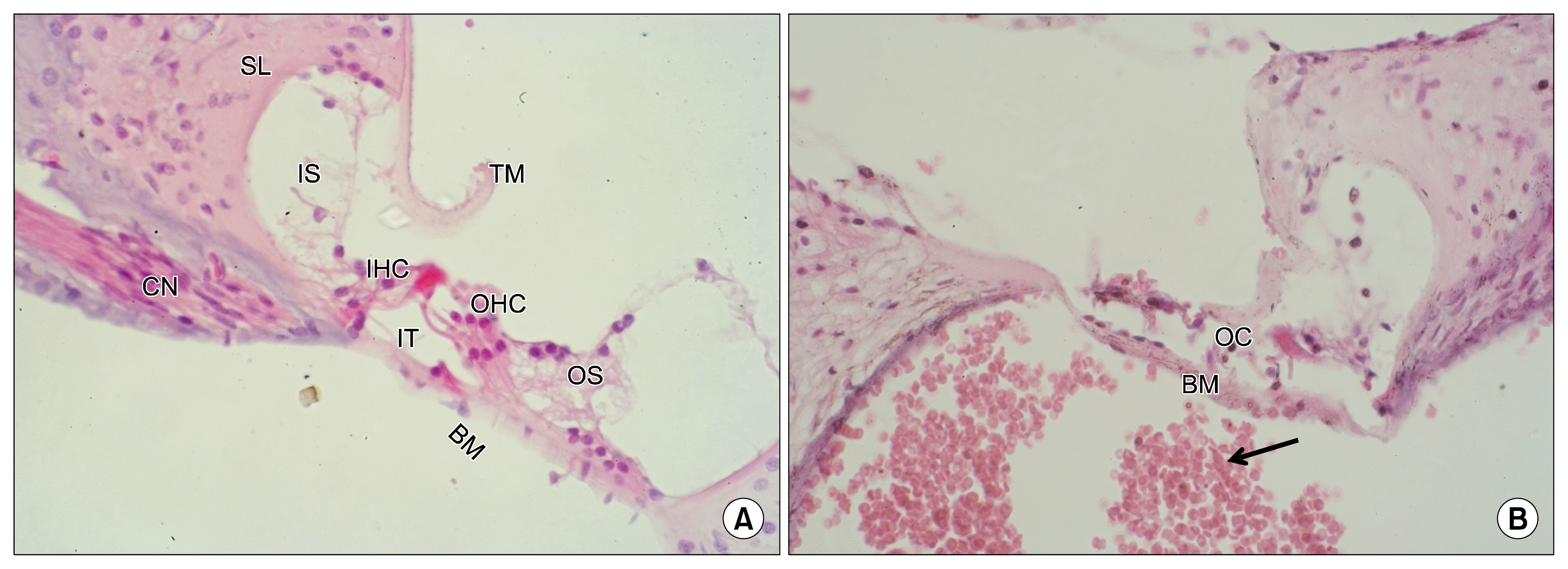
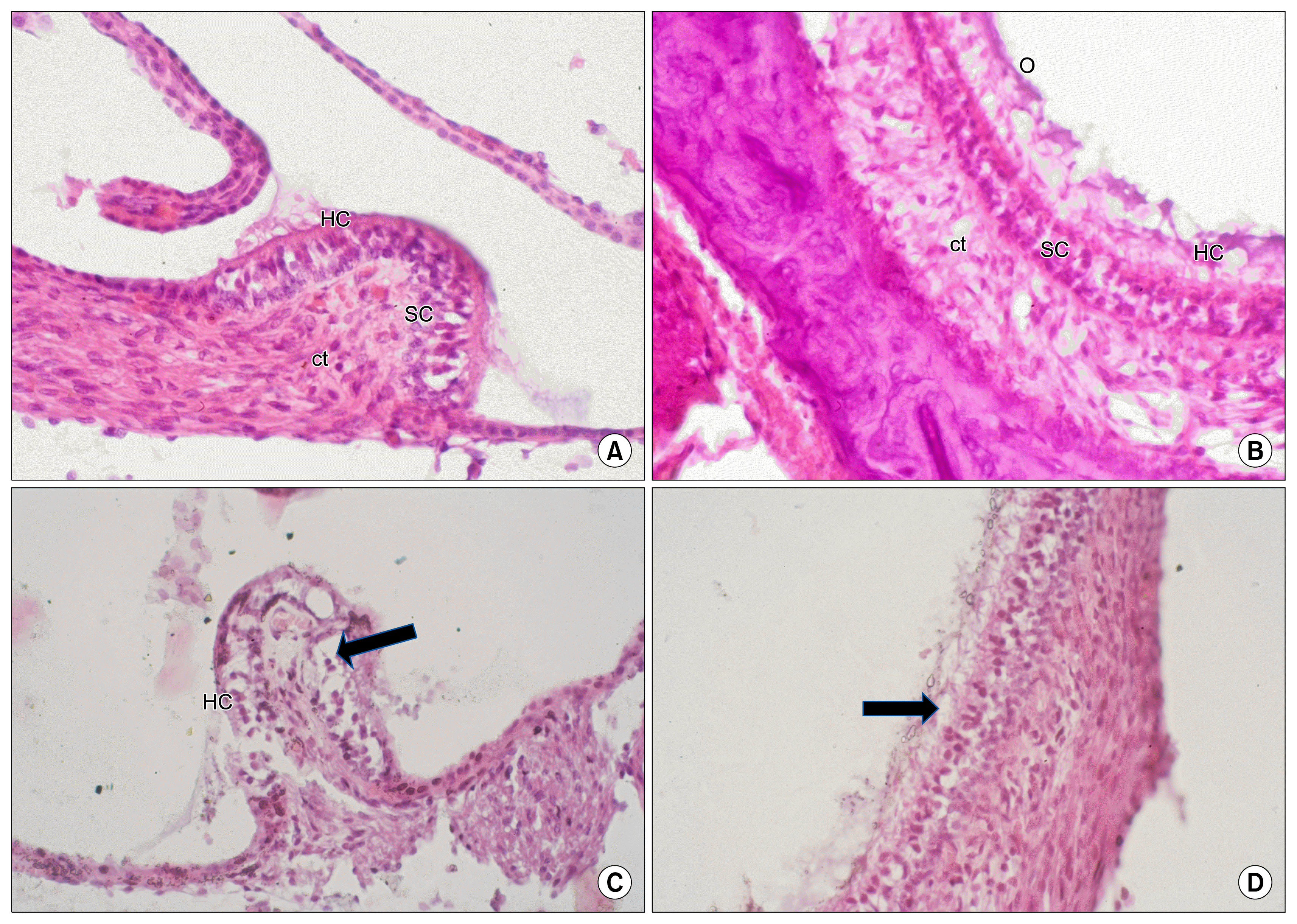

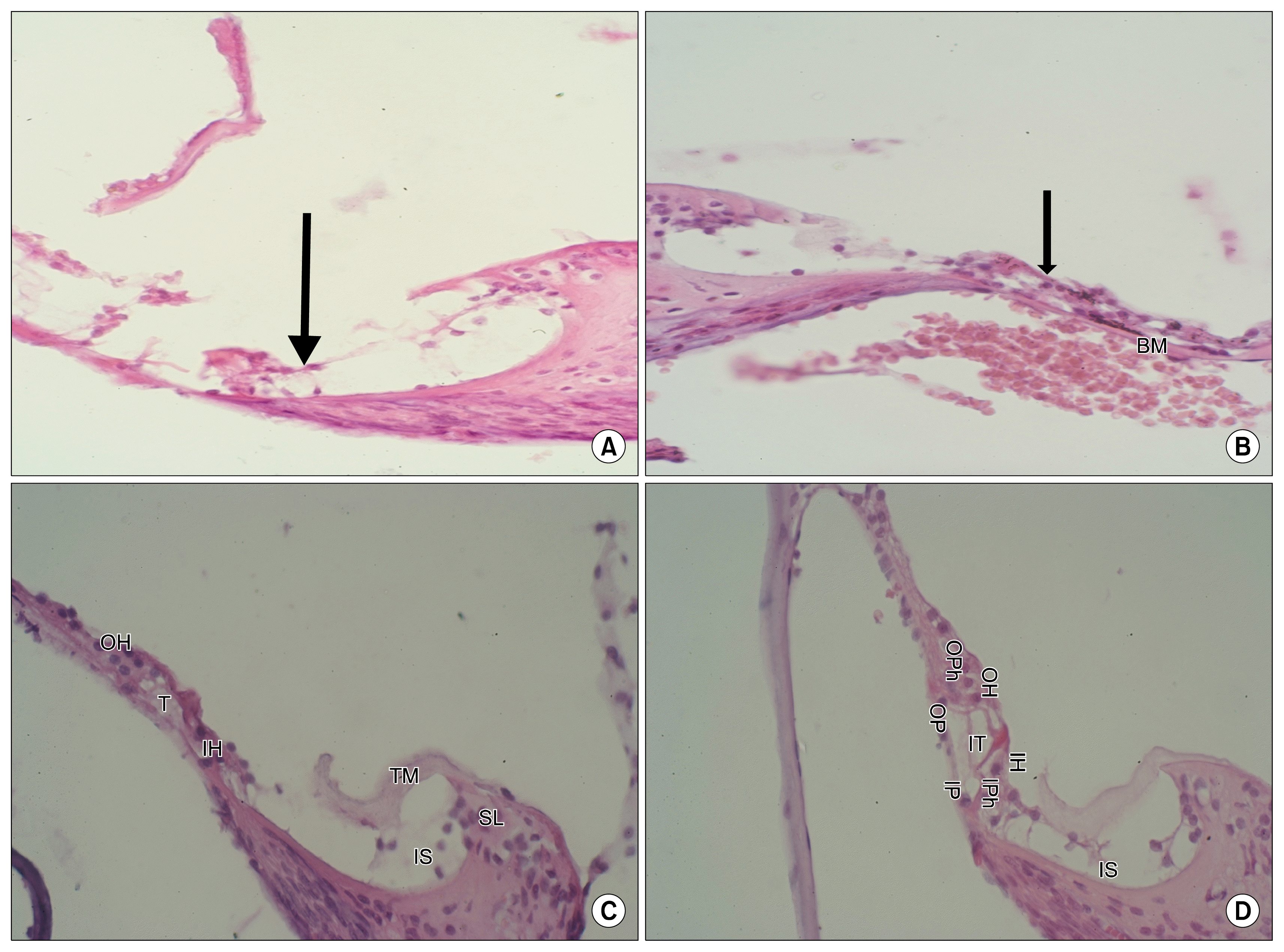
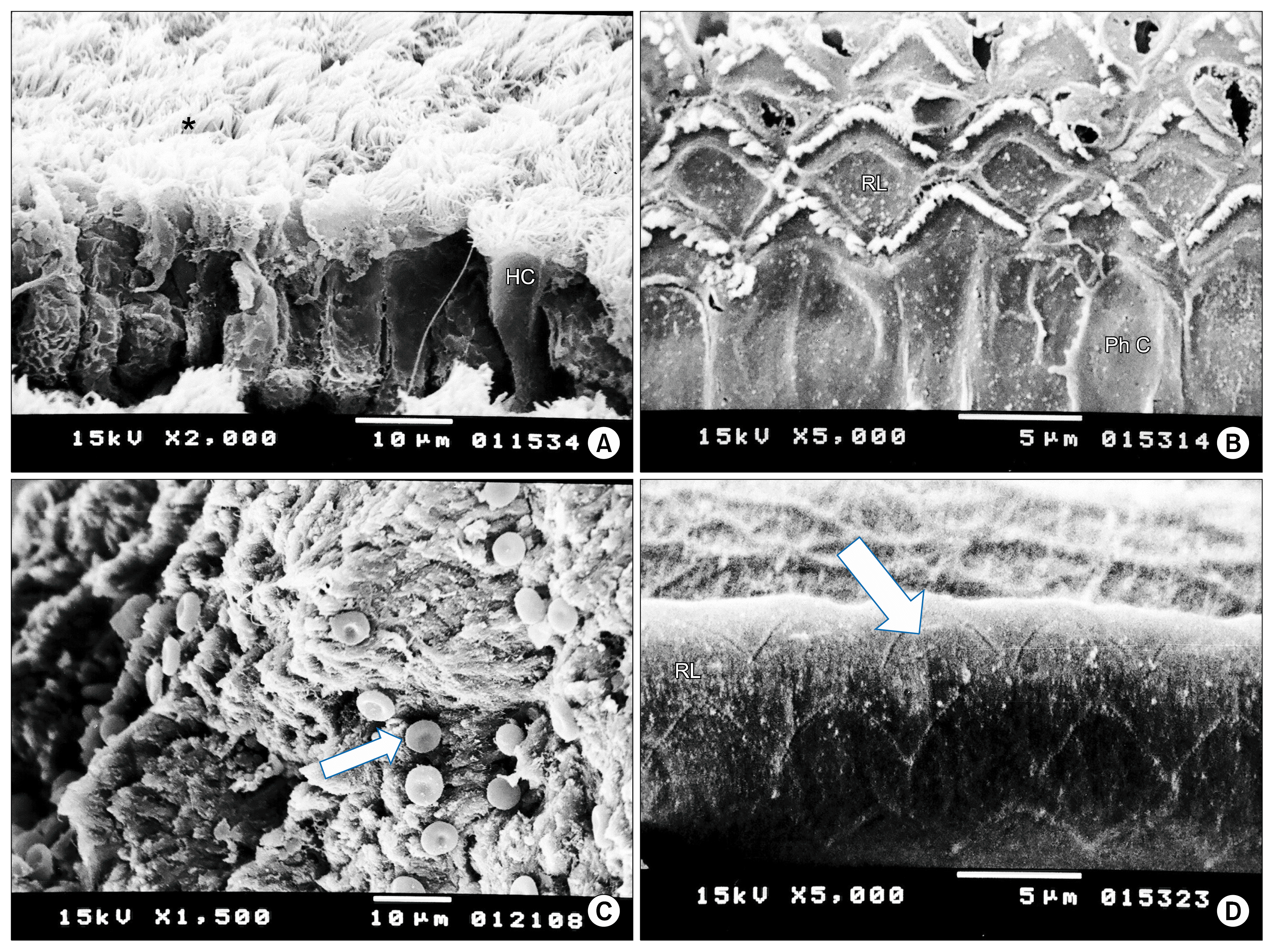
 XML Download
XML Download